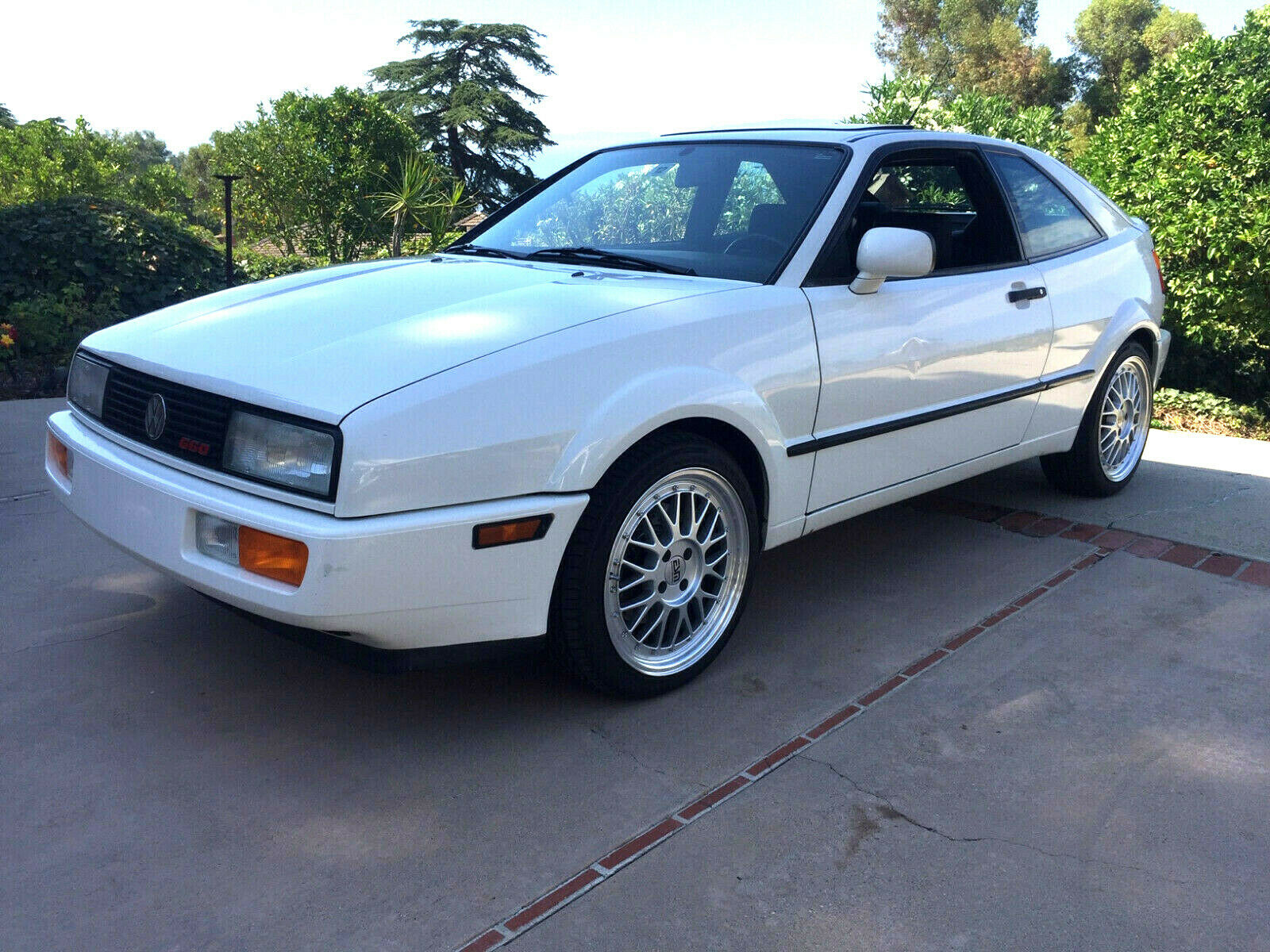While cars like the Audi Quattro and BMW M3 may have popularized boxy flares with their racing credentials to back it up, in my eyes no one pulled off the muscle-bound economy look better than the Porsche 944. The addition of several inches of width and wider wheels to the 924 chassis meant an entirely new feel that mingled with supercar lines instead of Volkswagen lineage. Simply put, they were the most sensual looking German car in the 1980s, and that got even better late in the run with some subtle aero additions that enhanced and updated the look. The smooth Turbo bumpers and rear diffuser carried over to the S2 model, along with some lovely “Design 90” wheels that were also highlighting the 964 model. As Porsche moved to a full update of the watercooled transaxle cars with the introduction of the 968, the outgoing 944S2 even adopted the new “bridge” spoiler design from the not yet introduced model.
Turbo looks without the associated power wasn’t an unknown quantity for Porsche, but the 944S2 was no slouch in its own right. Powered by the M44.41 3-liter inline-4 that had been enlarged from the double overhead cam 944S motor, the 208 horsepower wasn’t as much as the 968 would sport but was still awfully close to what the original 944 Turbo had produced in power. Better yes, with instant torque the S2 was, and still is, a very entertaining drive. Hardly cheap, on paper they were not immediately the smart choice for a sports car buyer in 1990 and 1991, as twin-turbocharged monsters from Japan were all the rage and often less expensive than the best part of $50,000 a 944S2 would cost you. With only around 3,600 imported to the U.S., they’re a bit rare to see but offer great Porsche build quality, performance and even practicality in a very attractive package:







